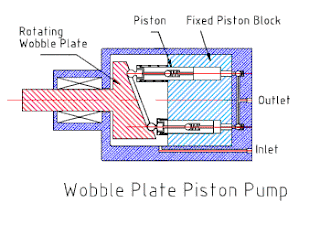I have been interested in buying a Vespa recently - there seem to be more and more of them buzzing around the streets of San Francisco.
Its hard not to notice these shiny, bright (and cute) scooters that seemingly zip through traffic with ease - and even harder to miss the ear-to-ear grin plastered on the faces of most Vespa riders.
Its hard not to notice these shiny, bright (and cute) scooters that
seemingly zip through traffic with ease - and even harder to miss the
ear-to-ear grin plastered on the faces of most Vespa riders. They do look fun, but my interests are actually more professional and functional - I want to use it as my main mode of transportation to and from work. Benefits? I was told that a new Vespa LX150 would get over 80 miles per gallon. That makes even a Prius look like a fuel guzzling hog. Second benefit? Parking - there are more and more scooter/motorcycle parking areas being made available and guess what - they are FREE. Yes, free. Free parking, who would have guessed. Given weather in San Francisco, I have my reservations if this is feasible.
However, my biggest concern has been reliability - can I really depend on a tiny little scooter to get me to and from work on a daily basis? Those tires and wheels look awful small at times...how far can these things really go?

While Google searching the reliability of Vespa scooters, I was shocked to find multiple accounts of people riding LONG distances on Vespa scooters. I found a link on the VespaUSA Facebook page to a blog where two people rode from Vermont to Los Angeles (each riding their own Vespa), logging over 4,700 miles (See blog here: )! Did I say LONG? My butt hurts just thinking about it. This seems to have squashed my fear of Vespa and reliability - if they can make it across the country, then I'm guessing I can make it 10 miles on a daily basis!
So my mind is made up - I'm going to trade in the ol' '98 Camry and have already put down a deposit for a brand new Red Vespa LX150. I can't wait to change my commuting schedule - my friend who already rides a scooter (not a Vespa) has estimated it will save me 10-15 mins on my daily commute (you can lane split in california!).
However, there are some obstacles that one needs to overcome should they go the Vespa route. It surprises many people, but in order to ride most Vespas legally, you must have a motorcycle endorsement/license. This can involve taking classes (which cost $$$) or studying on your own (and praying you test well), and a trip to the DMV - we all know how awesome that can be. Also, safety gear, namely helmet, gloves, armored jacket, etc - an all be very expensive and add up. However, on the flip side, insurance for a scooter compared to a car is ridiculously low - my quote from Geico was $167 per year!
So there you have it - I am an in-the-process convert. No more car - I have taken the plunge. Scooter from here on out. I feel so green, euro...maybe even hip?
So there you have it - I am an in-the-process convert. No more car - I have taken the plunge. Scooter from here on out. I feel so green, euro...maybe even hip?











